When you invest in a concrete driveway apron, learn how long it can expect it to last.
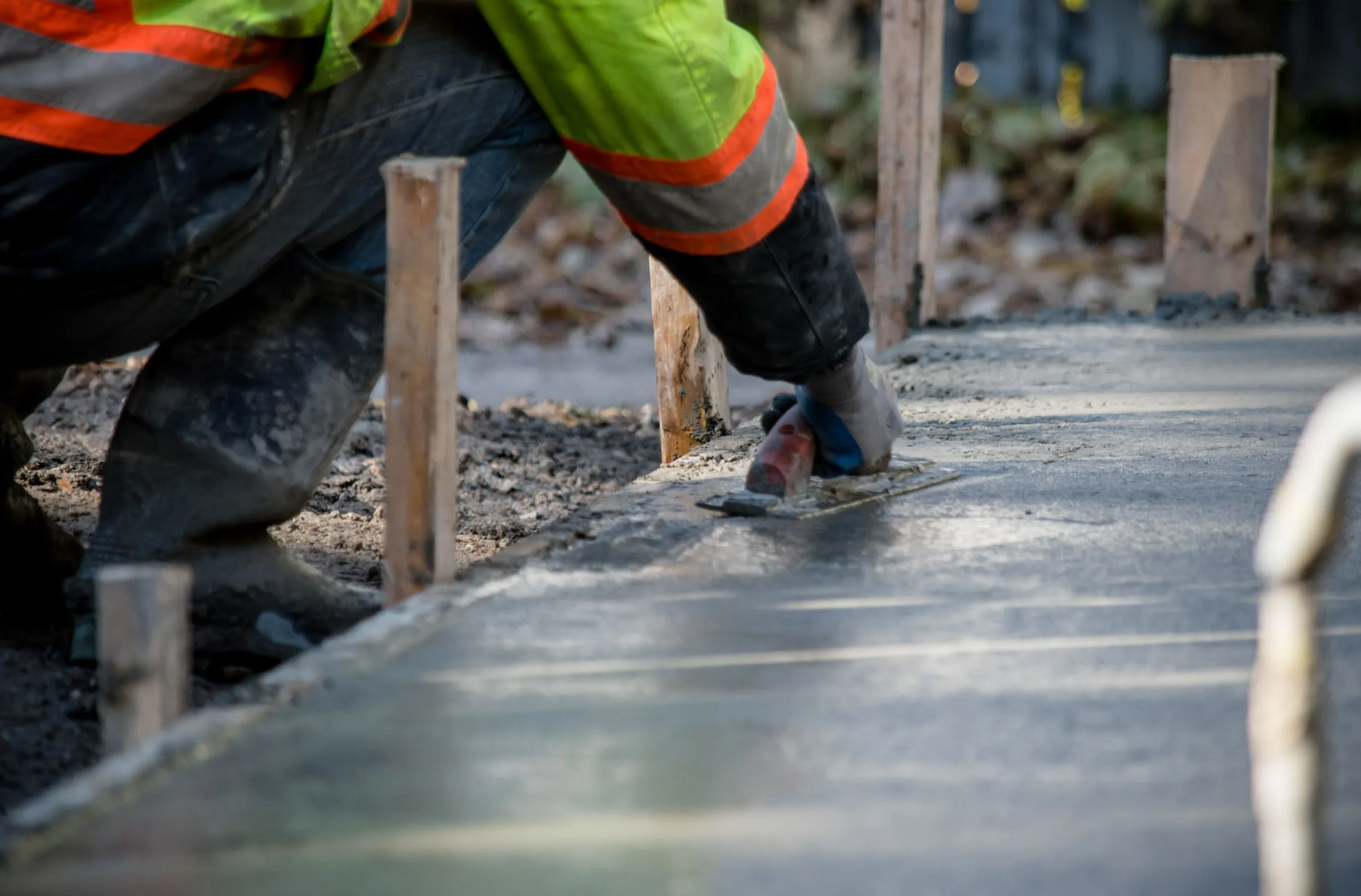
You're considering investing in a new concrete driveway apron, or perhaps you're wondering if your existing apron needs replacement. Either way, you're asking the right question: How long will it last? As a homeowner, you want to make smart investments that provide lasting value without constant maintenance headaches.
The answer might surprise you. When properly installed and maintained, a concrete driveway apron can last 30-50 years or more—even in Minnesota's punishing climate. However, aprons that are poorly installed or inadequately maintained might fail in just 10-15 years, requiring expensive replacement far sooner than necessary.
At Preferred 1 Concrete, we've been installing and maintaining concrete aprons throughout the Twin Cities since 2004. Our founder's family has been working with concrete since the 1980s, which means we've witnessed firsthand how concrete aprons perform over decades in Minnesota's extreme conditions. Let's explore what determines lifespan, how to maximize it, and when replacement becomes necessary.
A properly installed concrete apron using quality materials and correct techniques should last 30-50 years minimum in Minnesota climate. We regularly encounter aprons that are 40-50 years old and still providing excellent service with minimal maintenance required.
What makes the difference? Quality installations include:
When all these factors align, your apron becomes a permanent part of your home's infrastructure—something you install once and largely forget about for decades.
Unfortunately, not all concrete work is created equal. Aprons installed by inexperienced contractors or those who cut corners to reduce costs typically show significant problems within 10-20 years:
We've helped countless frustrated homeowners who tried to save money with low-bid contractors, only to face expensive replacement far sooner than expected. In the long run, quality installation costs far less than repeated repairs or premature replacement.
This is the single most important factor determining how long your apron lasts. Even the best maintenance can't compensate for poor installation:
Proper base preparation requires excavating to adequate depth, installing quality aggregate material in layers, and achieving proper compaction (typically 95%+ density). Shortcuts here inevitably lead to settling that changes drainage characteristics and causes cracking.
Minnesota's freeze-thaw cycles demand air-entrained concrete with adequate strength (minimum 4,000 PSI). Inferior concrete mixes may cost less initially but deteriorate rapidly when exposed to winter conditions.
Residential aprons should be 4-6 inches thick minimum. Thinner concrete simply can't support vehicle loads without developing cracks and structural problems.
Proper slopes that direct water away from your garage protect both your apron and your home's foundation. Poor drainage accelerates concrete deterioration and causes numerous related problems.
Minnesota presents unique challenges that affect concrete lifespan:
Our climate subjects concrete to extreme temperature swings—from -20°F or colder in winter to 90°F+ in summer. When water penetrates concrete and freezes, it expands with tremendous force. Repeated freeze-thaw cycles gradually deteriorate concrete that wasn't properly designed to resist this action.
This is why air-entrained concrete is essential in Minnesota. The microscopic air pockets provide space for water to expand when frozen, preventing the internal damage that causes scaling and cracking.
Winter de-icing salts accelerate concrete deterioration when used excessively or when concrete wasn't properly designed to resist salt exposure. Modern air-entrained concrete handles salt exposure much better than older concrete types, but even quality concrete benefits from moderate salt application and proper cleaning.
Minnesota's intense summer sun can cause surface deterioration over decades, though concrete handles UV exposure far better than asphalt or other driveway materials.
The vehicles using your apron affect its lifespan:
Properly designed and installed aprons account for these loads. A 4-6 inch thick reinforced concrete apron easily handles typical residential vehicle traffic for decades.
While quality installation is paramount, proper maintenance significantly extends lifespan. We'll cover specific maintenance practices in detail below, but consistent basic care can add years or even decades to your apron's service life.
One of concrete's greatest advantages is its low maintenance requirements. Unlike asphalt, which demands seal coating every 2-3 years and constant attention to prevent deterioration, concrete requires minimal ongoing care. Here's how to protect your investment:
Keep your apron clean to prevent long-term staining and deterioration:
Regular cleaning does more than maintain appearance—it removes materials that can trap moisture against concrete and accelerate deterioration.
Small cracks are inevitable in concrete due to natural shrinkage during curing and seasonal temperature changes. The key is addressing them before they become major problems:
Each spring after freeze-thaw cycles conclude, inspect your apron for:
Address cracks promptly to prevent water infiltration:
Control joints (intentional grooves in concrete that control where cracking occurs) require periodic attention:
While properly installed concrete performs well without sealing, applying quality concrete sealer provides additional protection:
Sealing is particularly valuable in Minnesota climate, where freeze-thaw cycles and de-icing salt exposure are significant concerns.
Maintaining proper drainage protects both your apron and your home's foundation:
Minnesota winters present unique maintenance challenges:
While modern air-entrained concrete resists salt damage well, following these practices extends lifespan:
How do you know when your apron can be repaired versus when it needs complete replacement? Here's what to look for:
When in doubt, contact us for a free assessment. We'll honestly evaluate whether repair or replacement is the better long-term investment for your specific situation.
Avoid these common errors that cause premature apron failure:
Small cracks and minor issues become major problems when ignored. A small crack that allows water infiltration can lead to settling, more extensive cracking, and eventually complete failure. Address problems promptly while they're still easy and inexpensive to fix.
More salt doesn't mean more melting—it just means more concrete damage. Use de-icing products sparingly and clean up excess salt after ice melts.
Allowing water to pool on or near your apron accelerates deterioration dramatically. Maintain gutters, downspouts, and proper grades to keep water moving away from your concrete.
Oil, transmission fluid, and other automotive fluids can stain and deteriorate concrete over time. Clean spills promptly and address vehicle leaks before they become major issues.
Avoid using harsh acids or cleaners not specifically designed for concrete. These can etch and damage the surface, accelerating deterioration.
While sealing isn't mandatory, it provides valuable protection in Minnesota's harsh climate. For aprons with high exposure or in harsh conditions, skipping this step can shorten lifespan by years.
Let's look at the numbers to understand the value of proper maintenance:
Proper maintenance costs a fraction of premature replacement while ensuring your apron provides decades of reliable service.
When you invest in a concrete apron installation, you want it to last for decades with minimal maintenance. At Preferred 1 Concrete, we've built our reputation on installations that exceed expectations and stand the test of time:
We're committed to installations that last. Every apron receives proper base preparation, adequate concrete thickness, correct reinforcement, and precise drainage design—even when these steps require additional time and materials.
We use air-entrained concrete with appropriate strength (4,000+ PSI minimum) specifically designed to resist Minnesota's freeze-thaw cycles and harsh conditions. Inferior concrete mixes might cost less but fail far sooner.
We don't just install concrete—we solve problems. If your property has drainage challenges, settling concerns, or unique conditions, we engineer solutions that address the root cause and ensure long-term performance.
We help you understand what goes into a quality installation and how to maintain it properly. Our customers know exactly what they're investing in and why each step matters for long-term performance.
A concrete driveway apron represents a significant investment in your home's infrastructure. When properly installed and maintained, that investment pays dividends for 30-50 years or more—providing reliable service, protecting your garage and foundation, and enhancing your home's value and curb appeal.
Whether you're considering a new apron installation or evaluating your existing apron's condition, contact Preferred 1 Concrete today for a free consultation. We'll assess your situation, answer your questions, and provide honest recommendations about repair versus replacement.
We serve Minneapolis, St. Paul, Lakeville, Burnsville, and the entire Twin Cities South Metro with the same commitment to quality and customer service that's defined our work since 2004. Let us show you what a properly installed concrete apron can deliver—decades of trouble-free service that protects your home and provides peace of mind.
Don't settle for shortcuts that fail in 10-15 years. Invest in quality installation that lasts a lifetime, backed by a team that treats your property with the care and respect it deserves.





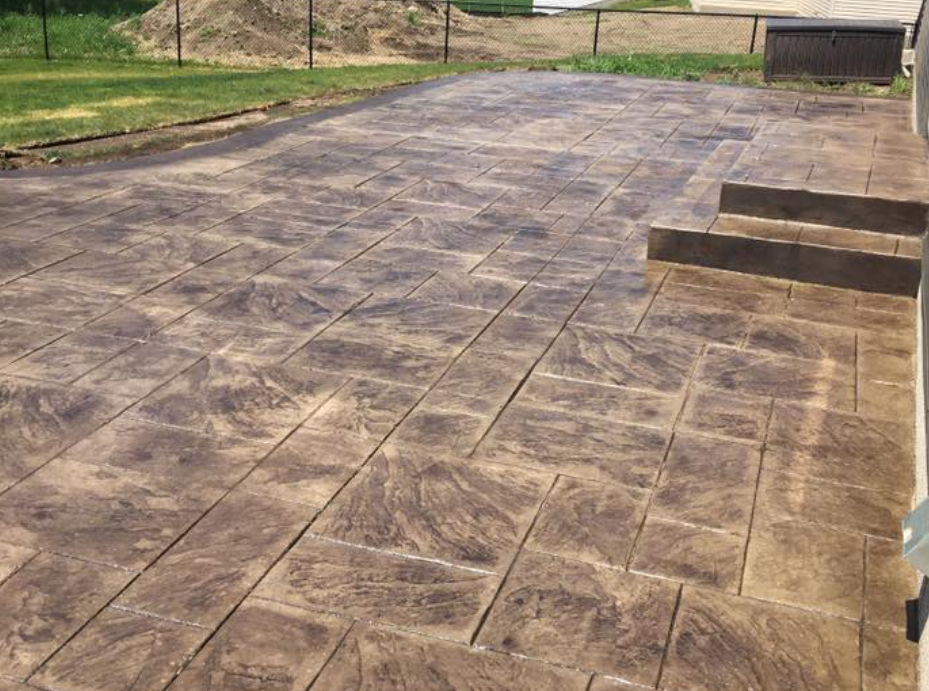



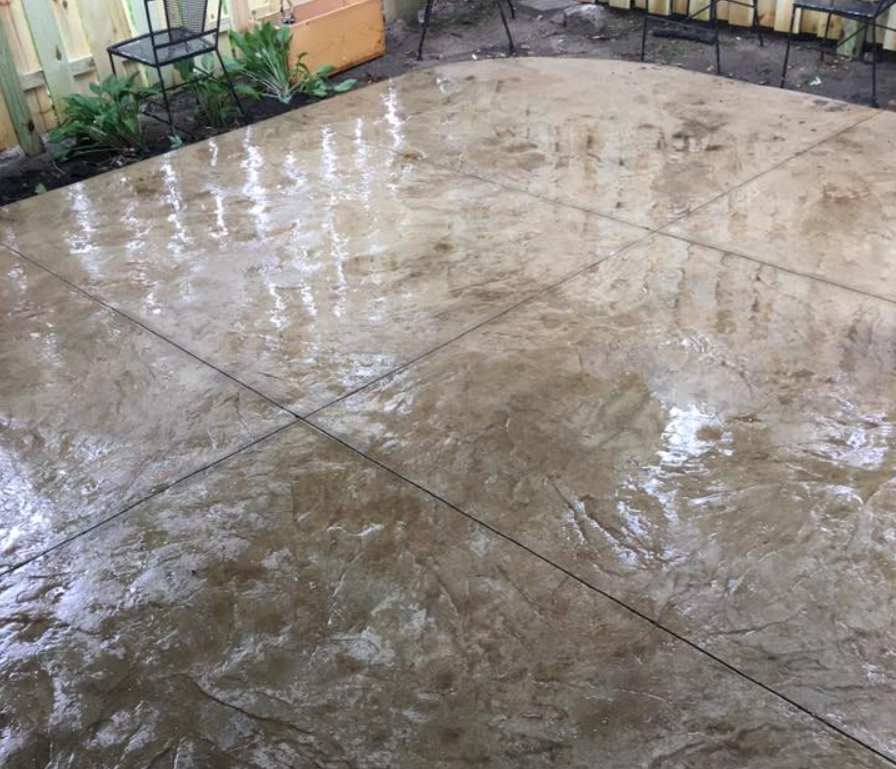















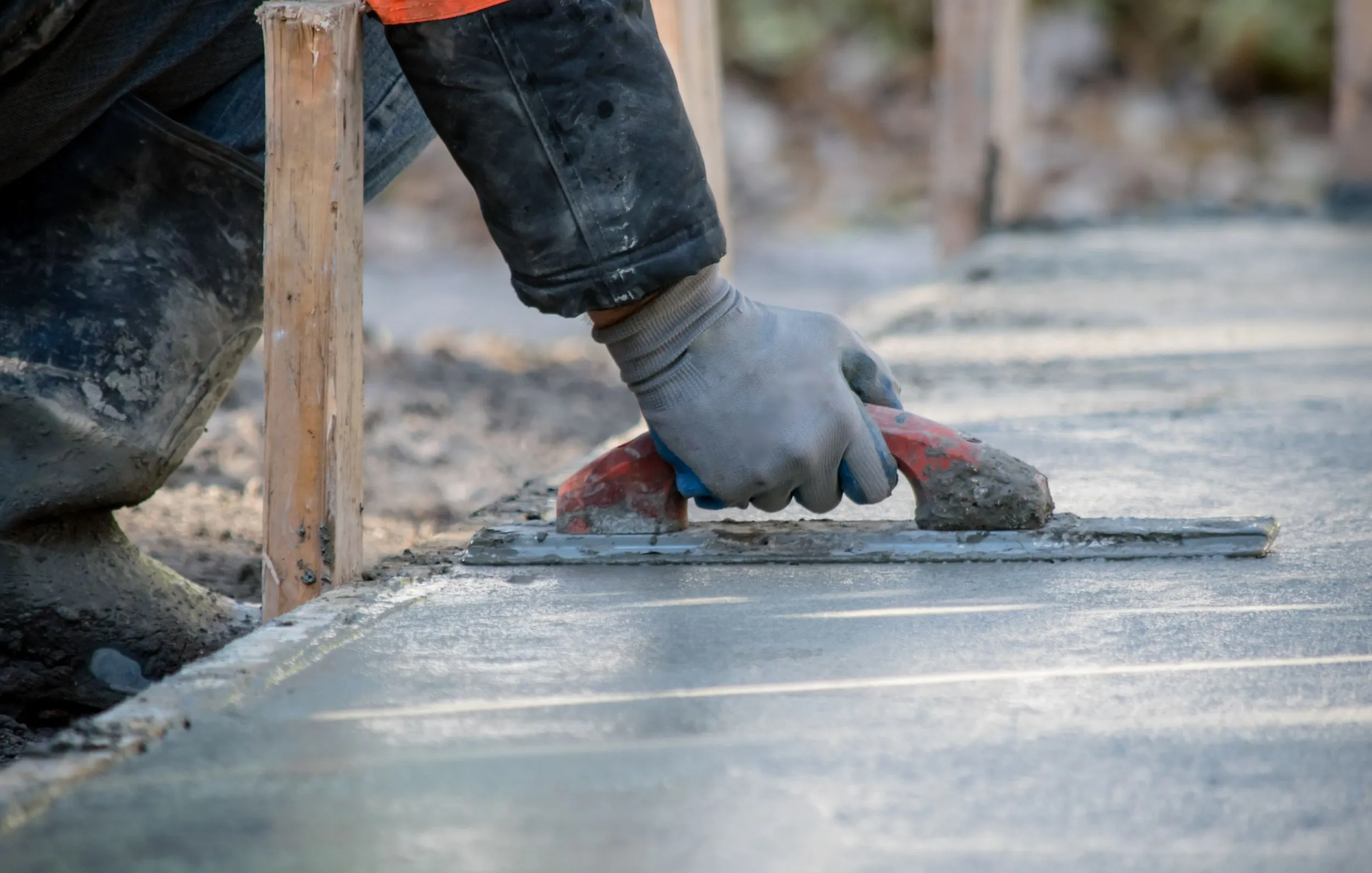



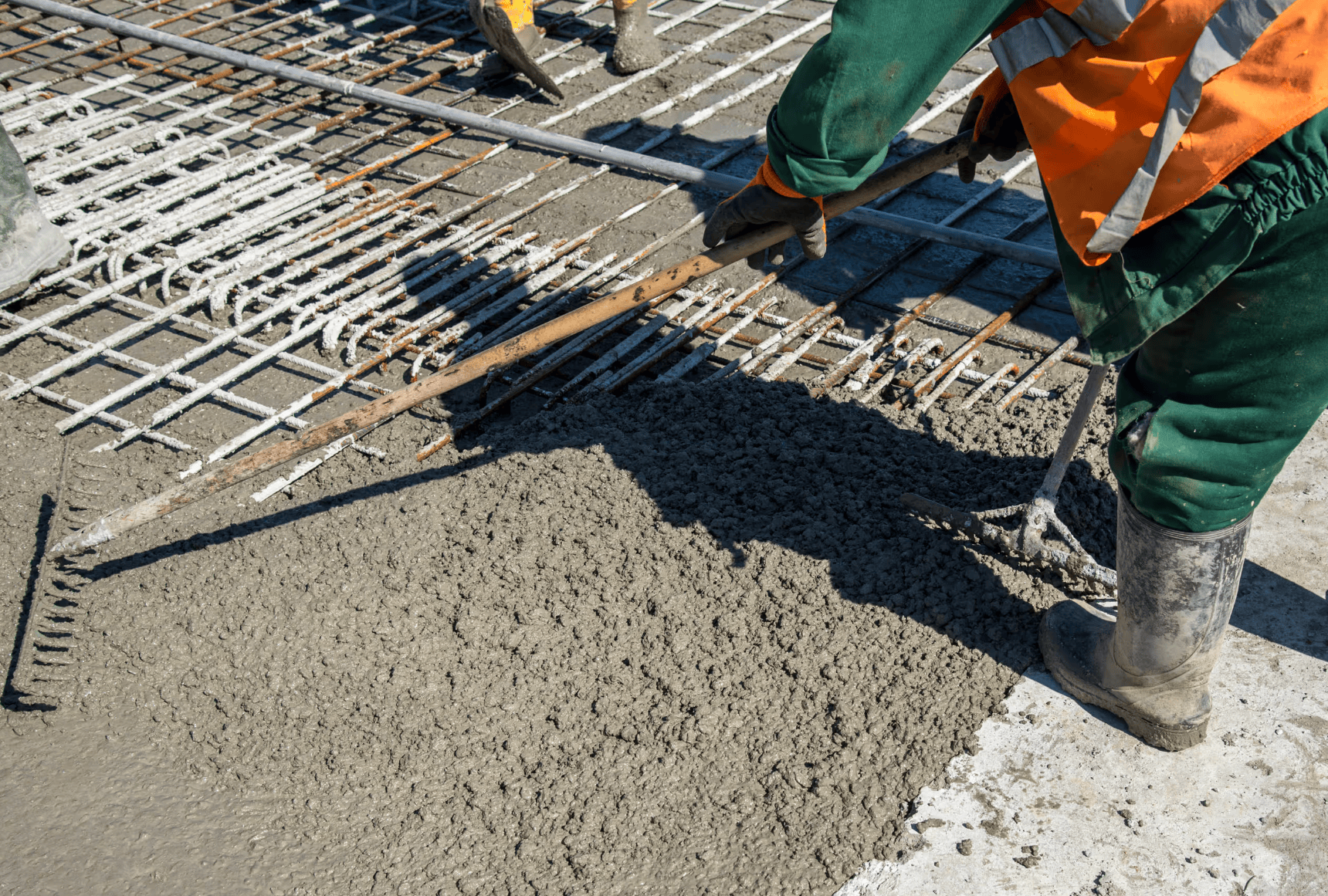



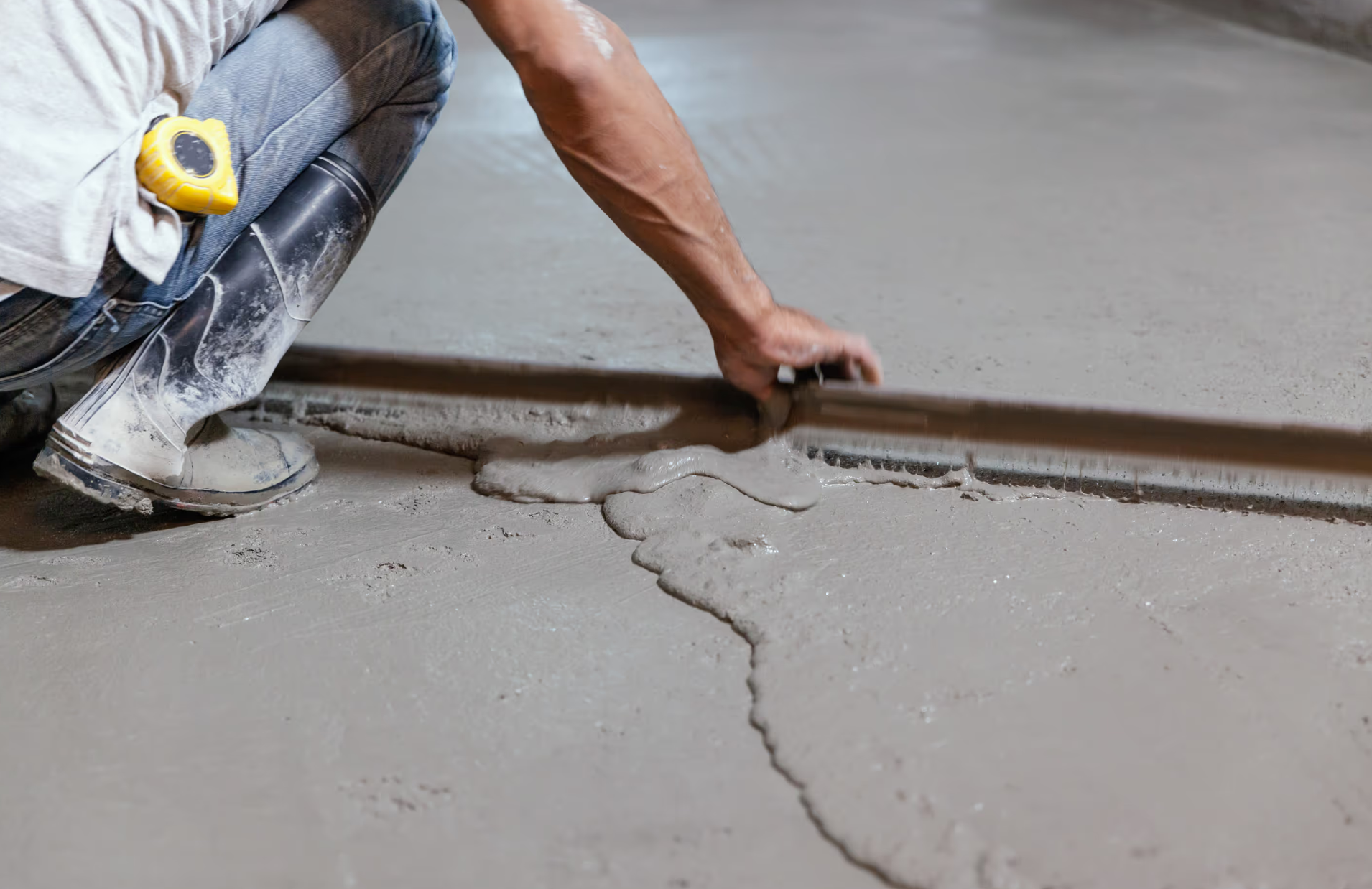























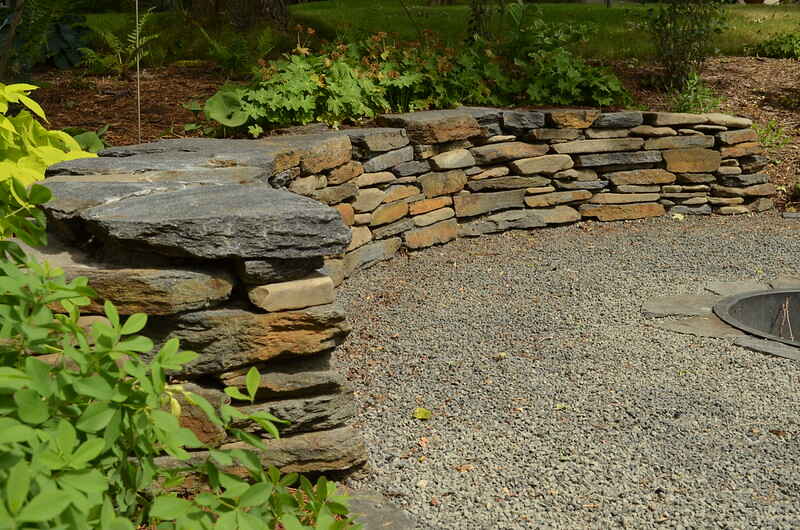



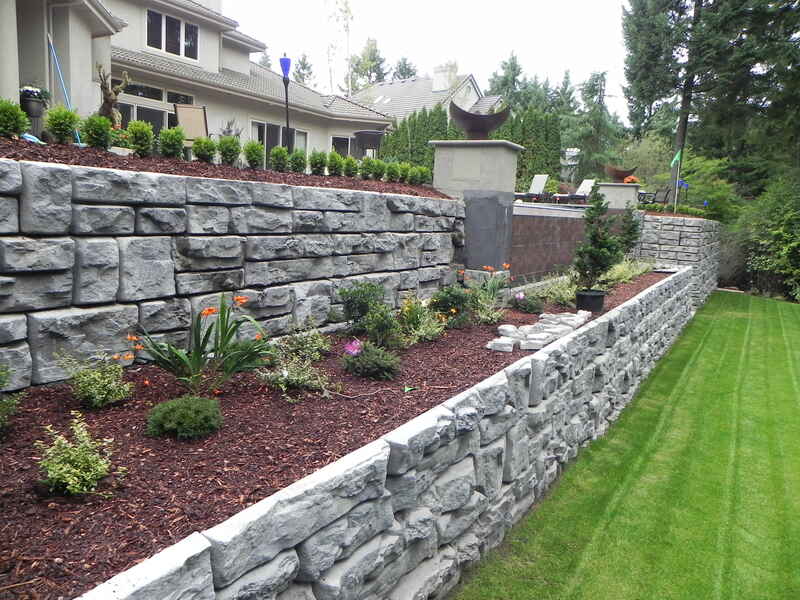







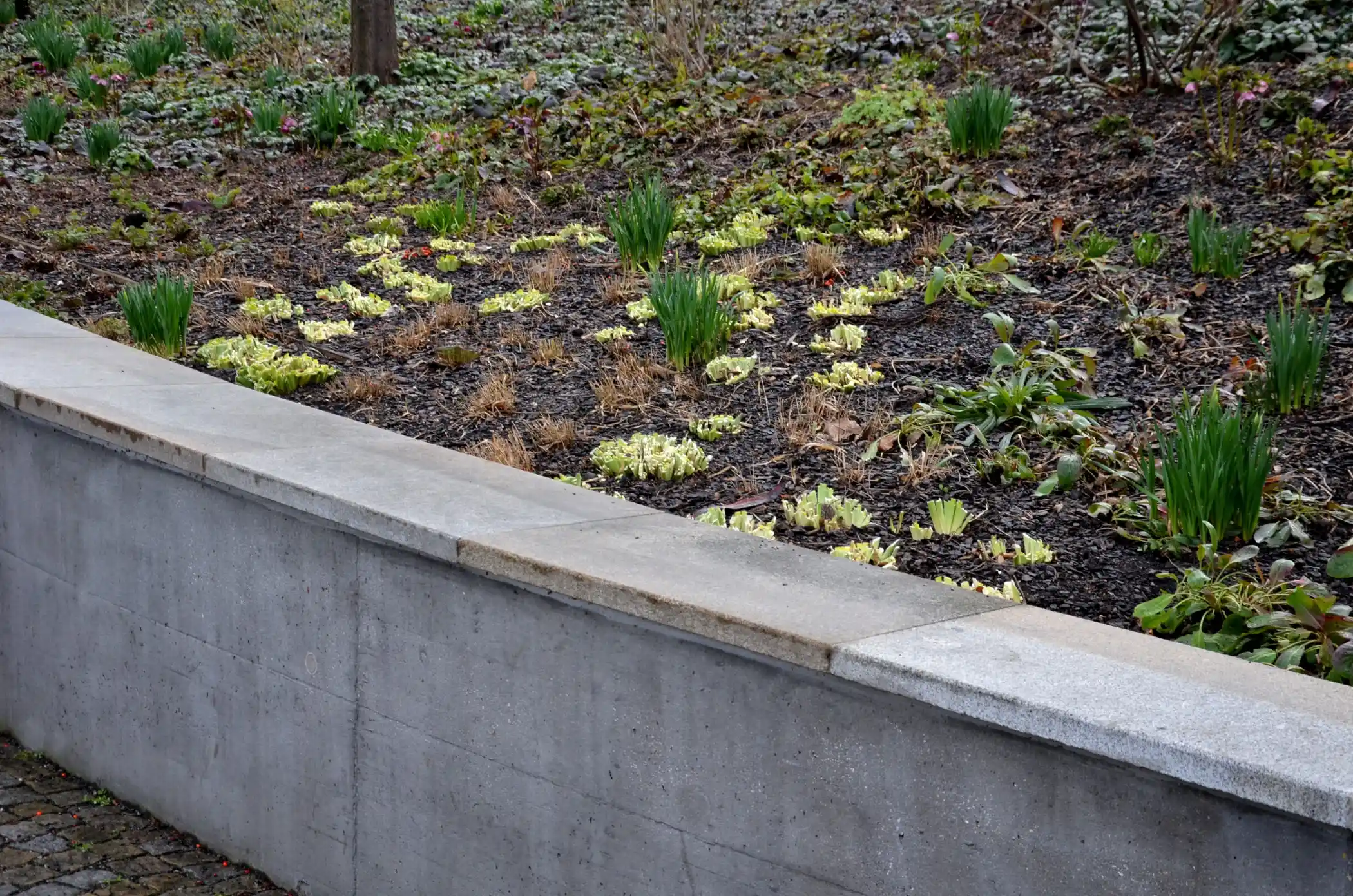







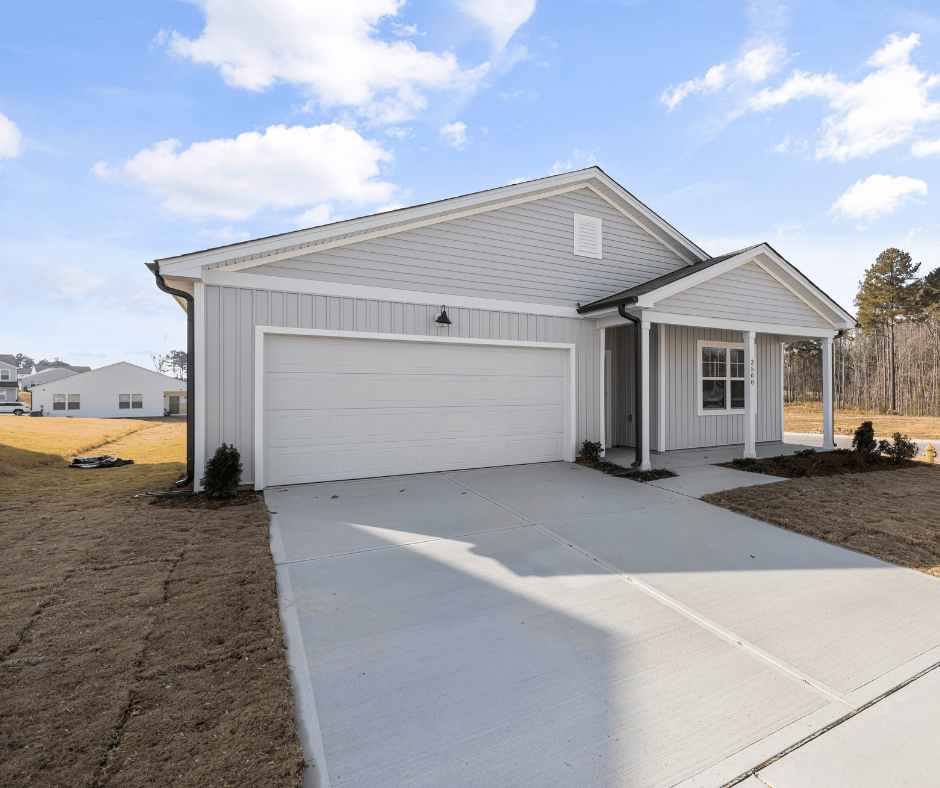



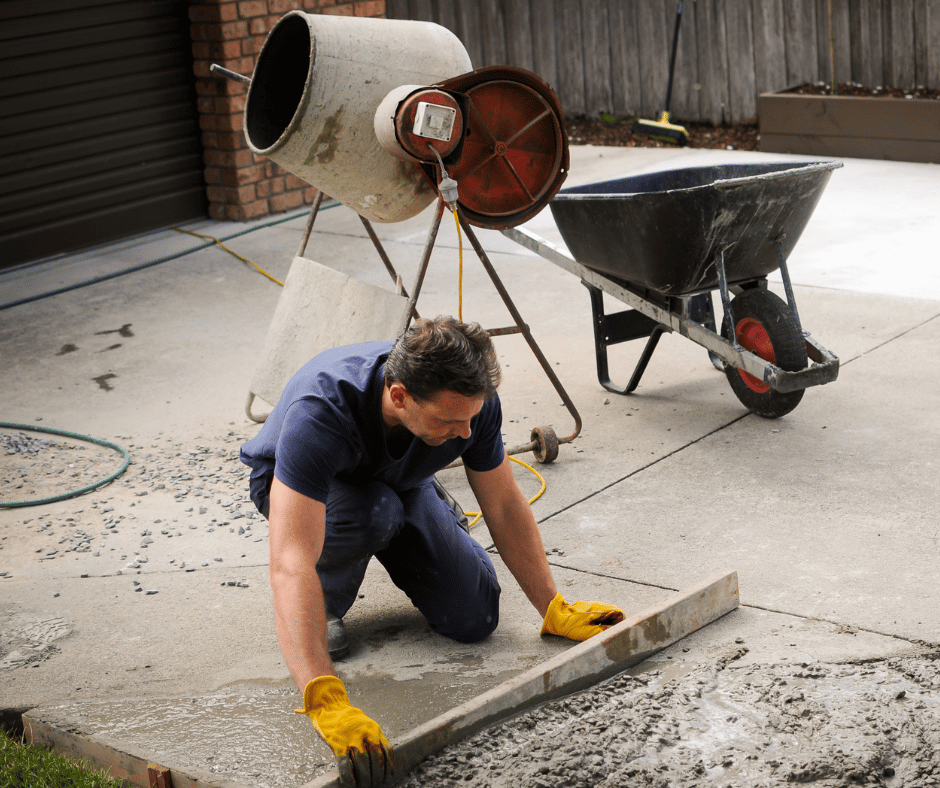



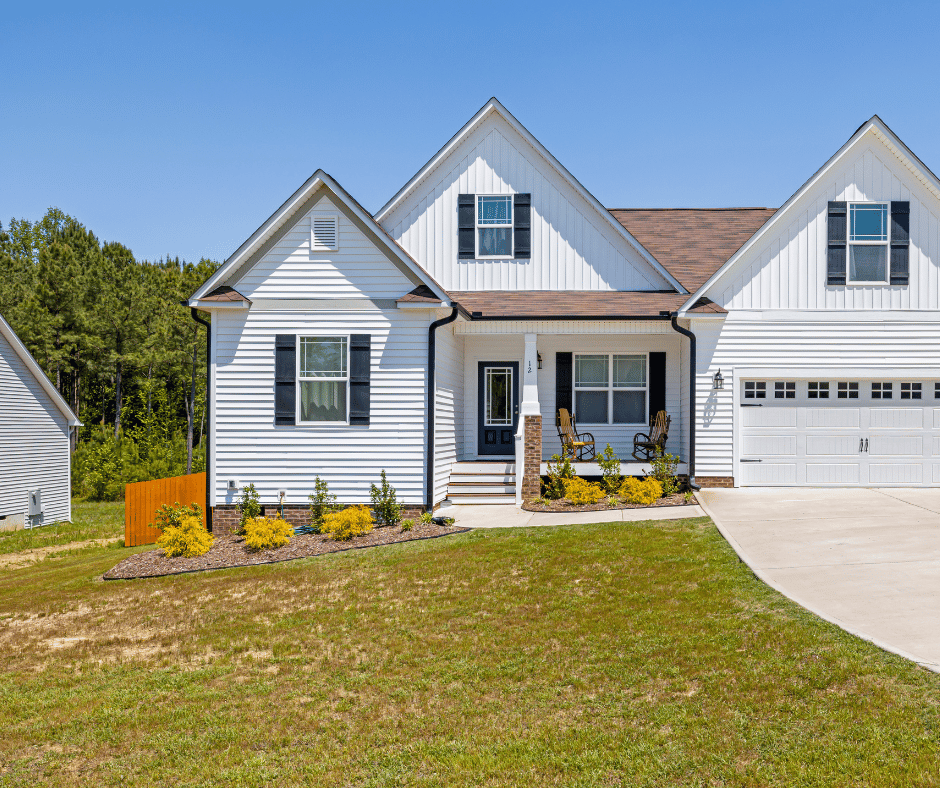



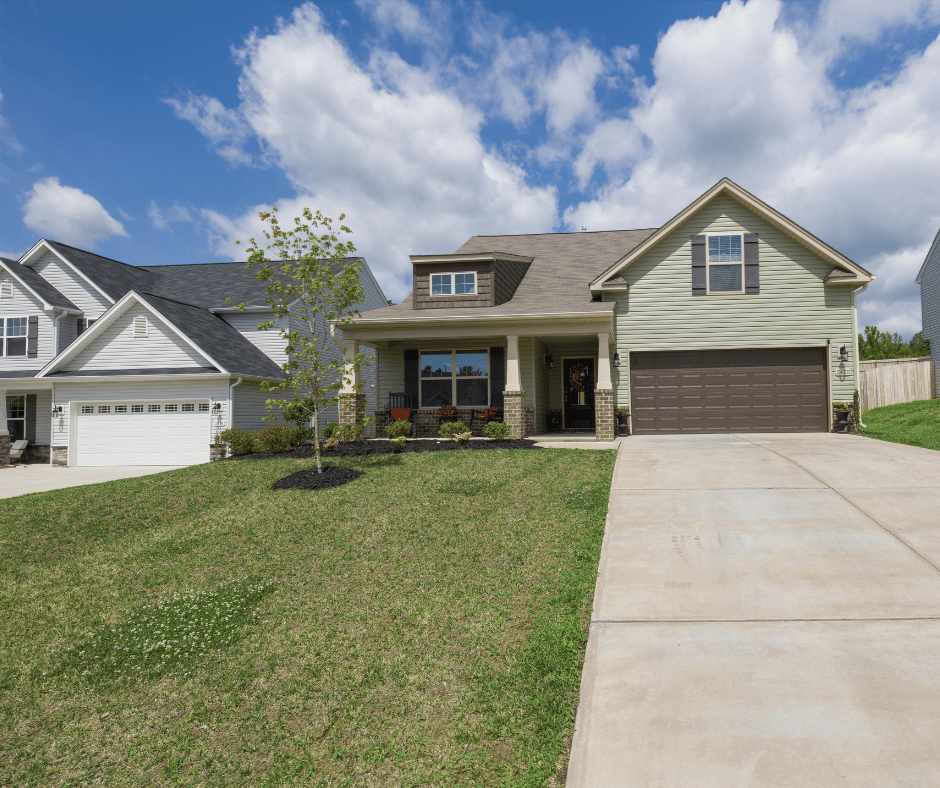



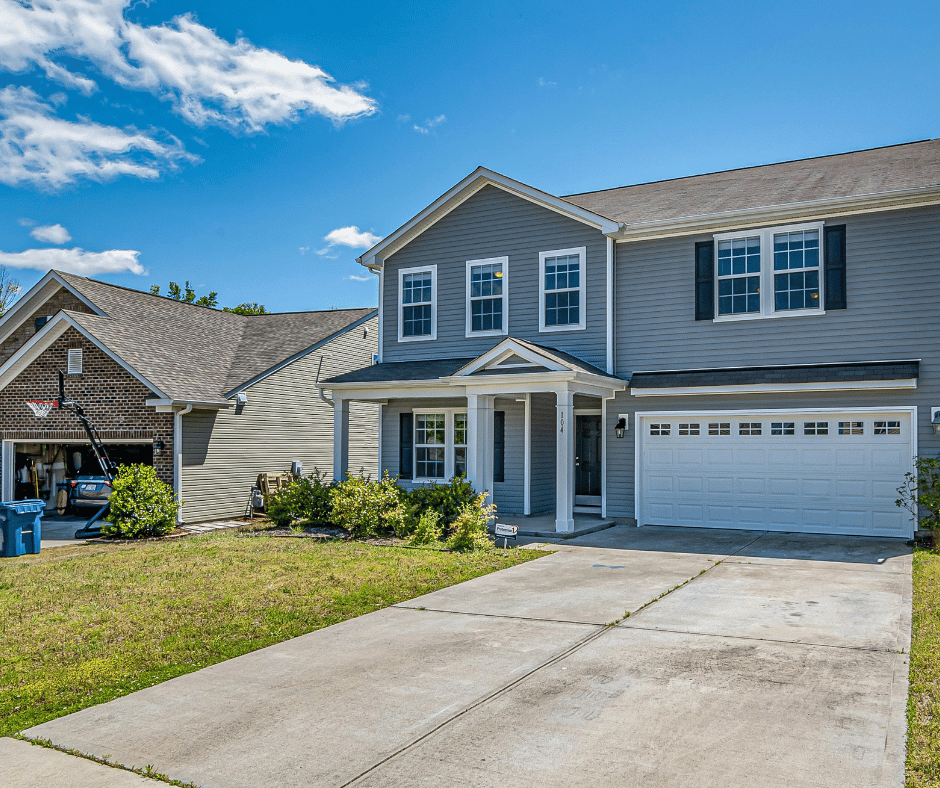











.png)



.png)













































































